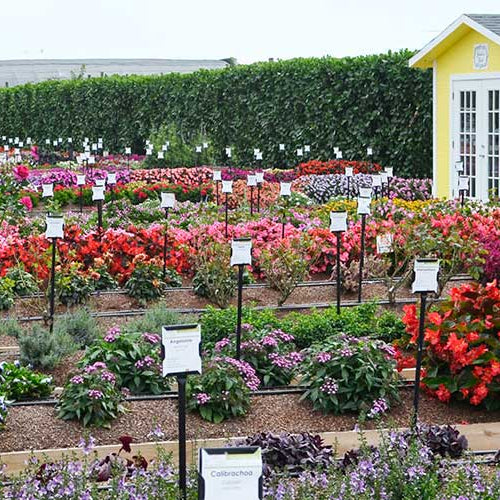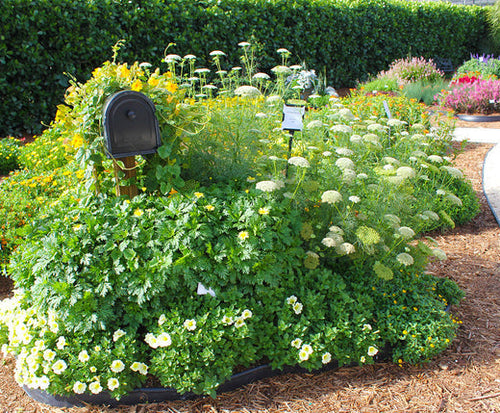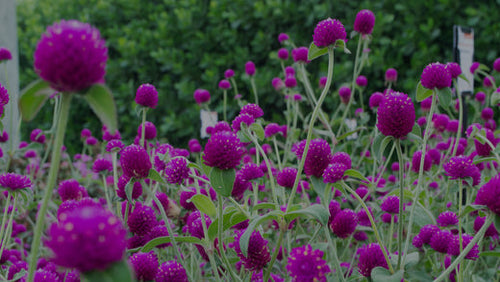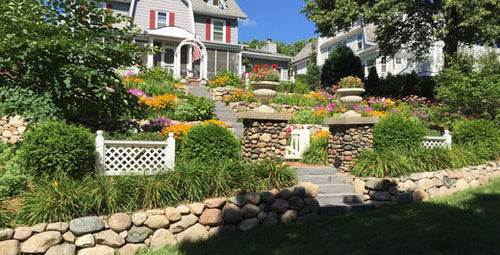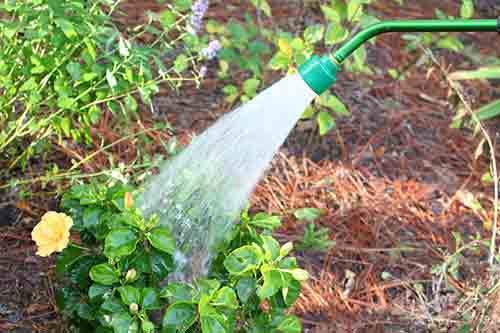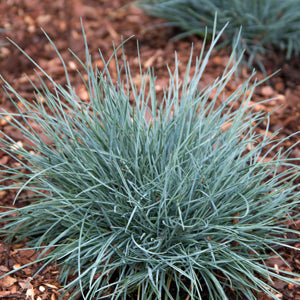Hostas were a staple of my shade garden back before I moved to Florida. That said, I wasn’t a collector: I didn’t have dozens of varieties or anything. But I did find them invaluable as accents to the other shade-loving annuals and perennials in my landscape.
If you’re not familiar with hostas, they’re easy-care perennials. Hostas thrive under trees, on the north side of your home or garage, or other places that don’t get much direct sun. Because they’re perennial, they come back every year -- you only need to plant them once. And like most perennials, they actually get bigger and better with each season.
Here are more reasons to love them.
1. Hostas Are Drought Tolerant
I had a huge (taller than my two-story house!) maple tree next to my home and that’s where I grew my favorite shade-loving plants. Unfortunately, I lost a number of plants because the big old maple tree had such a large root system that it took a lot of the moisture from the soil -- and faster than my garden plants could. But my hostas never faltered, even when other plants started to wilt.
2. Hostas Fit Anywhere
You can find hostas in just about every size you could ask for, from miniatures (like ‘Blue Mouse Ears’) that get no more than a couple of inches tall to giants that reach 6 feet wide (‘Empress Wu’ is one such variety). So it’s easy to incorporate them as an element of repetition in your design. Just use small hostas in the front of the garden, medium-size hostas in the middle, and large ones in the back.
3. Hostas Come in a Range of Colors
Most plants have green leaves, and there are hosta varieties that have rich green leaves. But shop around and you can find a delightful amount of variation, including types that have silvery-blue foliage, and bright golden-chartreuse leaves. The best, in my opinion, are the types variegated with these colors or white. A silvery-blue hosta like ‘Dream Queen’ with golden-yellow variegation is a showstopper!
4. Some Hostas Are Fragrant
While we typically grow hostas for their fantastic foliage, there are a few variegated varieties, including ‘Aphrodite’, ‘Fragrant Blue’, and ‘Fragrant Bouquet’. Their fragrance is sweet and light, making them excellent choices to plant along pathways, patios, or decks where you’re close enough to enjoy the sweet scent.
5. Hostas Grow Practically Everywhere
Most hosta varieties are winter hardy in USDA Zones 3-9 – that means they grow well in gardens from Canada to Northern Florida.
In parts of Florida, Texas, and other areas with mild winters, most hosta varieties don’t get enough winter cold to sustain themselves. But you can still enjoy hostas as annuals and add them to your garden each spring.
Written by Justin Hancock





